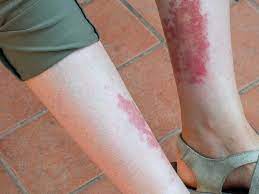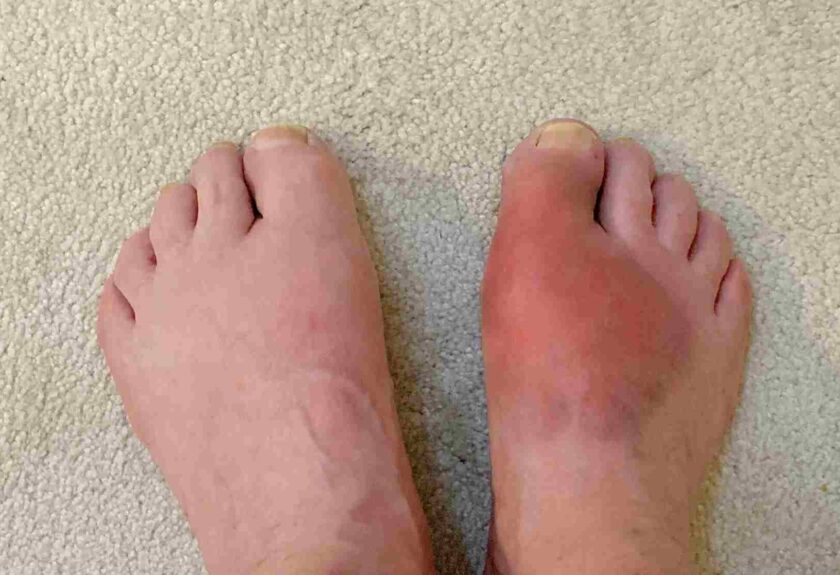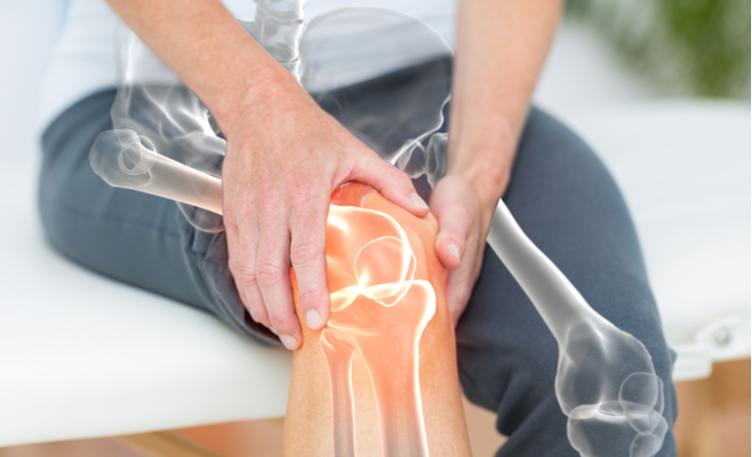Diseases

Rheumatoid Arthritis
Rheumatoid arthritis (RA) is the most common type of autoimmune arthritis. It is caused when the immune system (the body's defense system) is not working properly. RA causes pain and swelling in the wrist and small joints of the hand and feet. Treatments for RA can stop joint pain and swelling.

Psoriatic Arthritis
Psoriatic arthritis is a form of arthritis that affects some people who have psoriasis - a condition that features red patches of skin topped with silvery scales. Most people develop psoriasis first and are later diagnosed with psoriatic arthritis, but the joint problems can sometimes begin before skin lesions appear.

Mixed connective tissue disorder (MCTD)
Mixed connective tissue disorder (MCTD)
Mixed connective tissue disease is a term used by some doctors to describe a disorder characterized by features of systemic lupus erythematosus, systemic sclerosis, and polymyositis. Raynaud phenomenon, joint pains, various skin abnormalities, muscle weakness, and problems with internal organs can develop.

Osteoarthritis
Osteoarthritis
Osteoarthritis is the most common form of arthritis, affecting millions of people worldwide. It occurs when the protective cartilage on the ends of your bones wears down over time. Although osteoarthritis can damage any joint in your body, the disorder most commonly affects joints in your hands, knees, hips and spine.

Vasculitis
Vasculitis
Vasculitis is inflammation of your blood vessels. It causes changes in the blood vessel walls, including thickening. weakening, narrowing or scarring. These changes can restrict blood flow, resulting in organ and tissue damage. There are many types of vasculitis, and most of them are rare.

Myositis
Myositis
Myositis means inflammation of the
muscles that you use to move your body. An injury, infection, or autoimmune disease can cause it. Two specific kinds are polymyositis and dermatomyositis. Polymyositis causes muscle weakness, usually in the muscles closest to the trunk of your body.
Quick Contact
If you have any questions or need help, feel free to contact with our team.
Appointments
@2022 Dr Abhra Chowdhury | Best Rheumatologist in Kolkata
| All Rights Reserved |
| All Rights Reserved |






